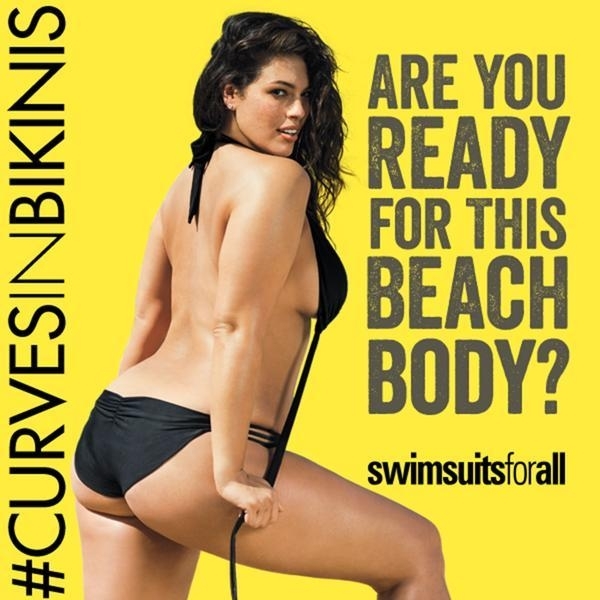Launching an advertising campaign that goes viral is surely every brand’s digital dream, but recently that dream has become a PR nightmare for several brands who fell foul of public standards of decency. Their magazine and billboard campaigns spread like an angry rash across social media and the national print press for all the wrong reasons.
Protests against Protein World’s body-shaming diet pill adverts quickly spread from social media to civil disobedience and physical protest. Offended by the suggestion that anyone who doesn’t have a body that resembles a glamour model’s was somehow not ready to go to the beach (and should take diet pills until they are), campaigners defaced the offending posters before taking to the streets in their swimwear to protest.
Last week, it was Prada’s little sister brand, Miu Miu, who felt the wrath of an offended public, when a complaint about the apparent sexualization of a young model was upheld by the Advertising Standards Agency (ASA) and the ad was ordered to be decommissioned. To be clear, the image in actual fact depicts not a child, but Mia Goth, the 22-year-old actor and star of Lars Von Trier’s Nymphomaniac. However, the ASA agreed that her appearance and positioning could “give the impression that the ad presented a child in a sexualized way… Therefore, we concluded that the ad was irresponsible and was likely to cause serious offense”.
However, people across the industry looked at that image of Mia Goth and thought, “What? That’s nothing! You should see *insert any number of Lolita fashion images*”. Are we so used to images of models with these cinematic coming of age style reference points that we have become immune to the sexualization of young girls?
Industry audiences may have been over-exposed to imagery that pushes the same compositions of women and girls, but since fashion has become mainstream entertainment, audiences who are not used to these controversial depictions are calling them out. Online activism and civilian gatekeeping are providing the reality check fashion needs.
Consumer-instigated social media campaigns like #EachBodysReady (grouping protests against Protein World’s body shaming) and #FreeTheNipple (against Instagram’s unequal nudity policy) follow in the footsteps of more broad feminist campaigns like the #EverydaySexism project and MissRepresentation’s ongoing #NotBuyingIt thread, set up to alert brands when they are losing customers due to offending advertising.
Should all depictions of passion and lust in fashion imagery to be castrated and restricted to dull, twin-sets-in-the-park catalogue couples? No, of course not. But surely there are alternative, creative ways. As i-D’s feature on the kids challenging our perceptions of beauty showed, there are more interesting things to say about sexuality, gender and identity in 2015.
